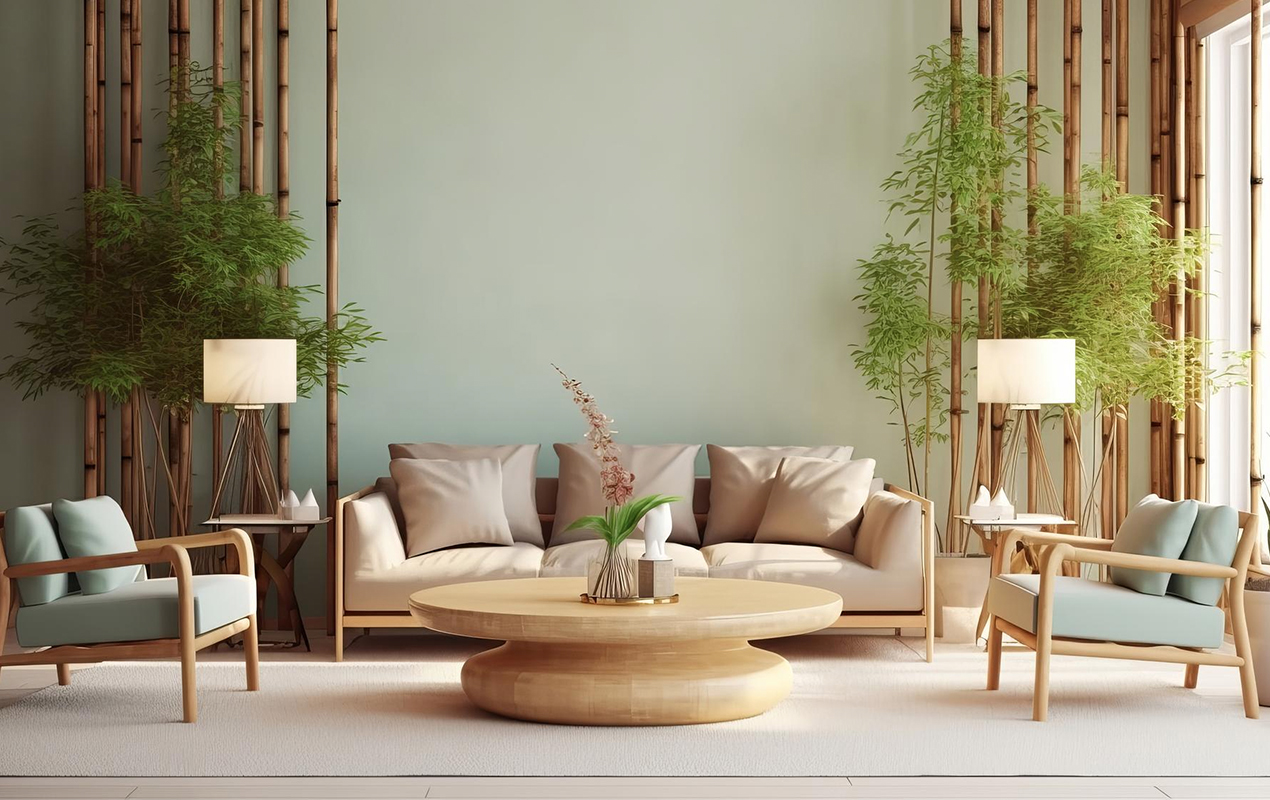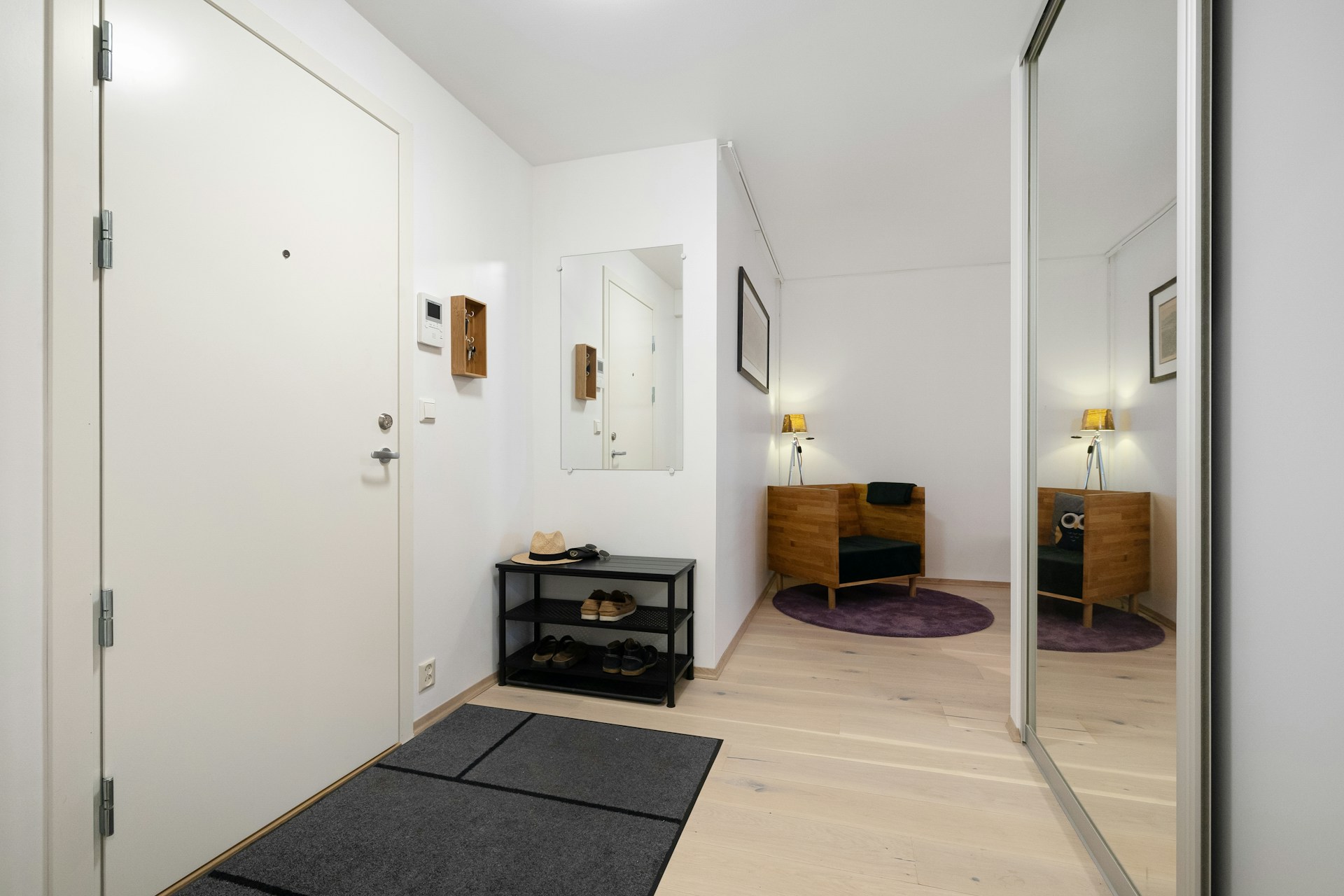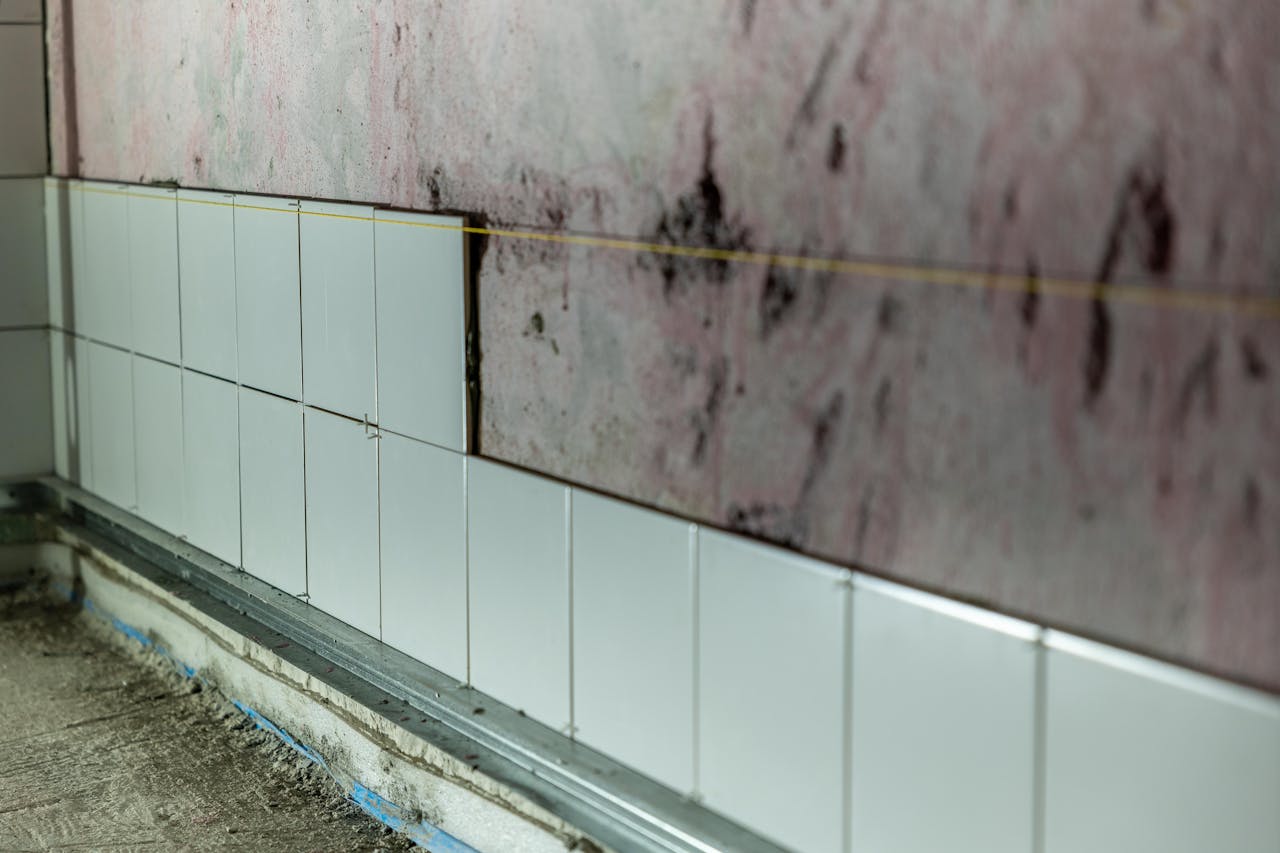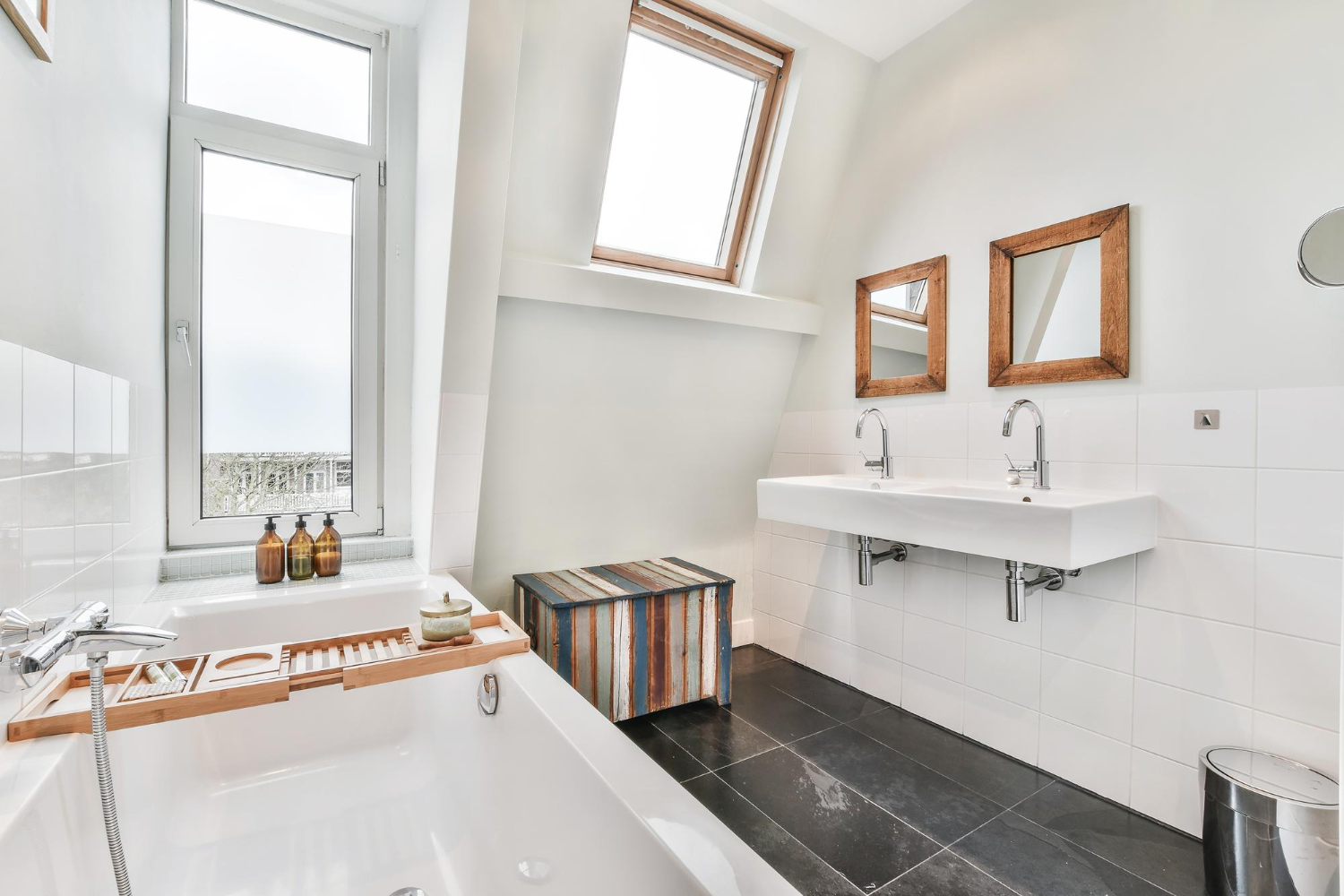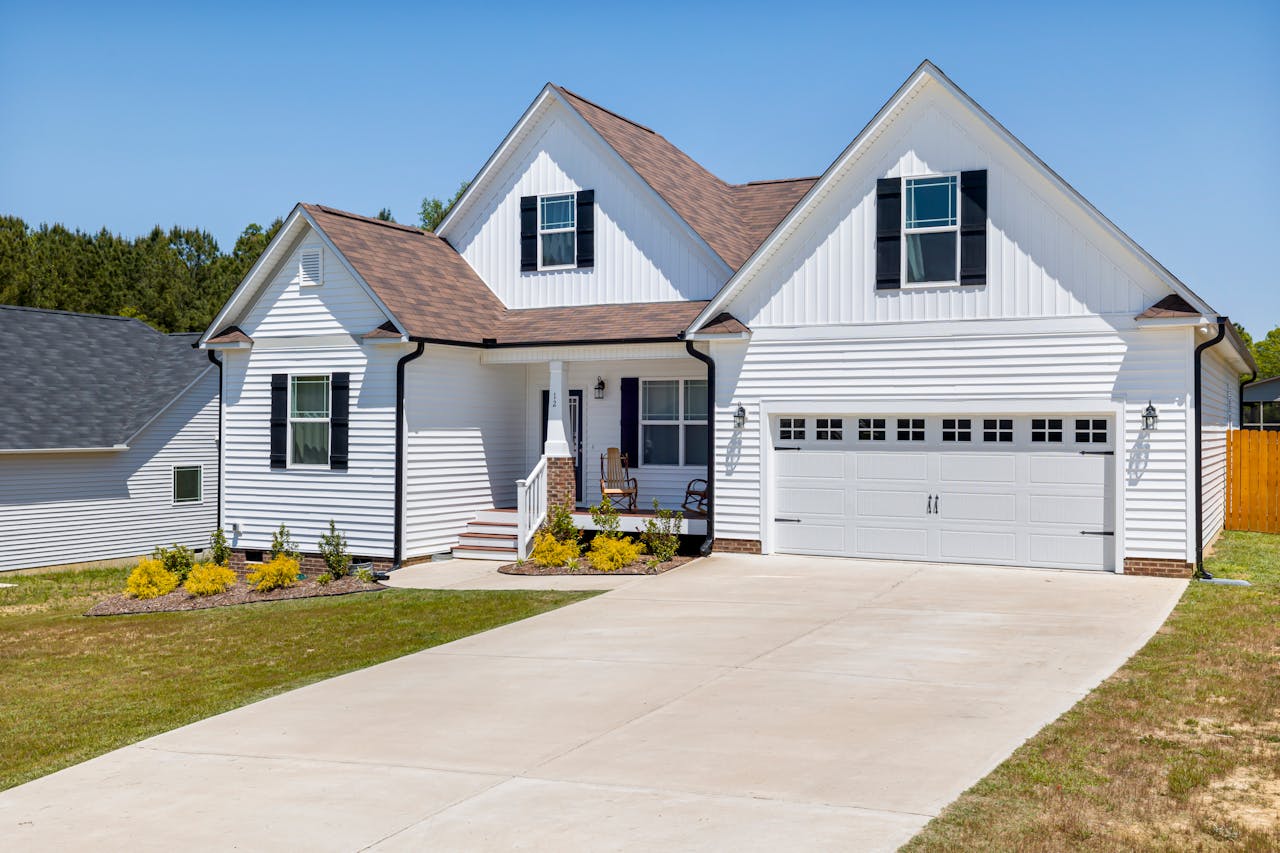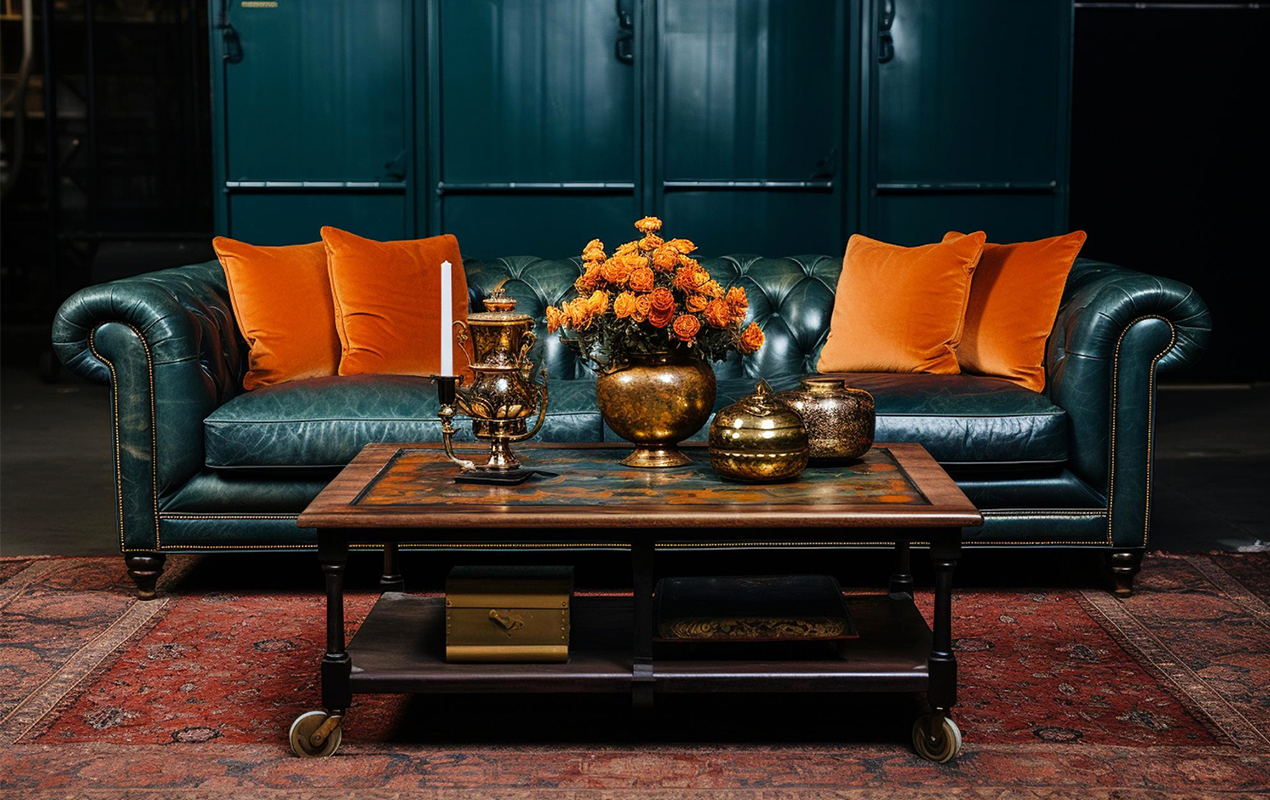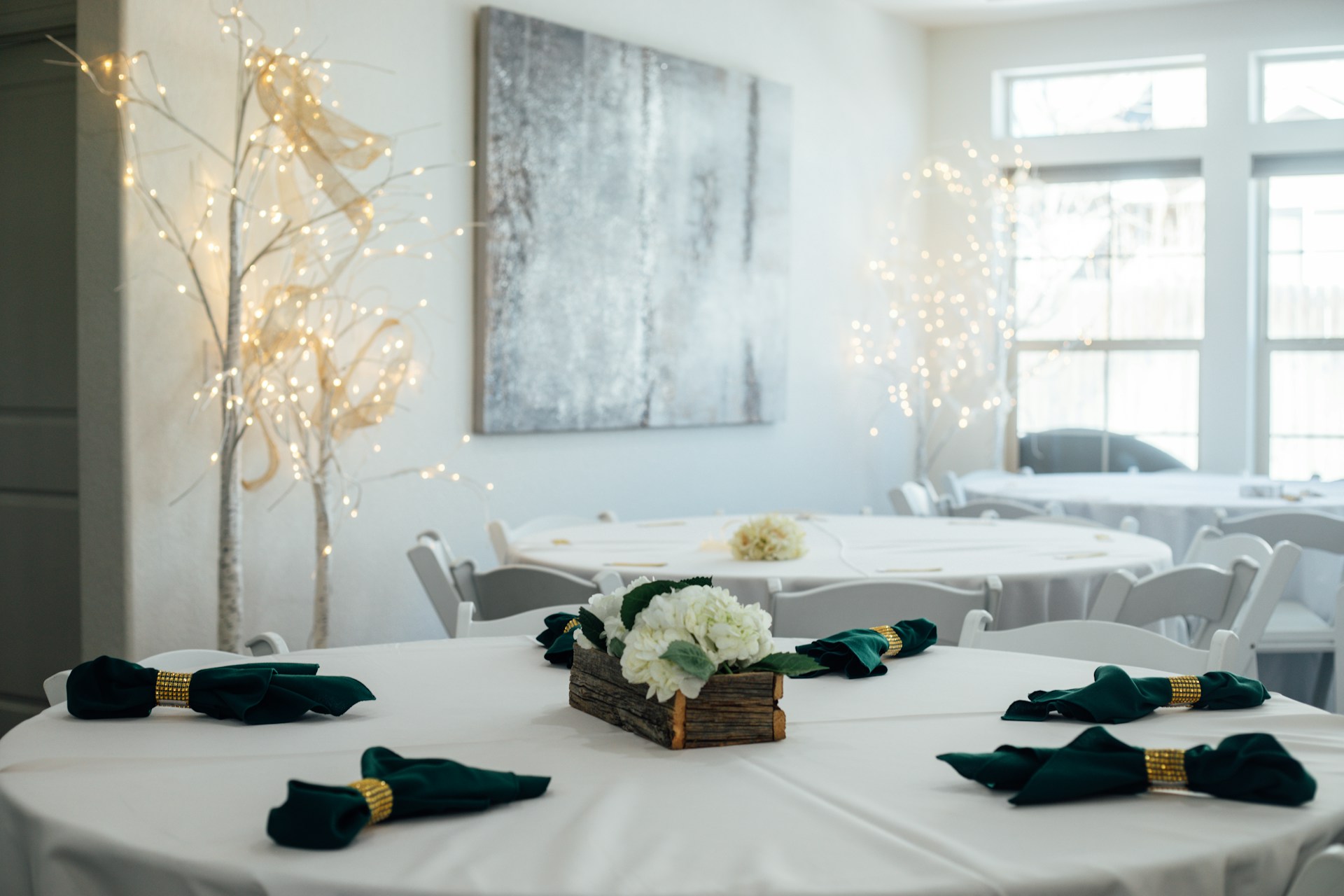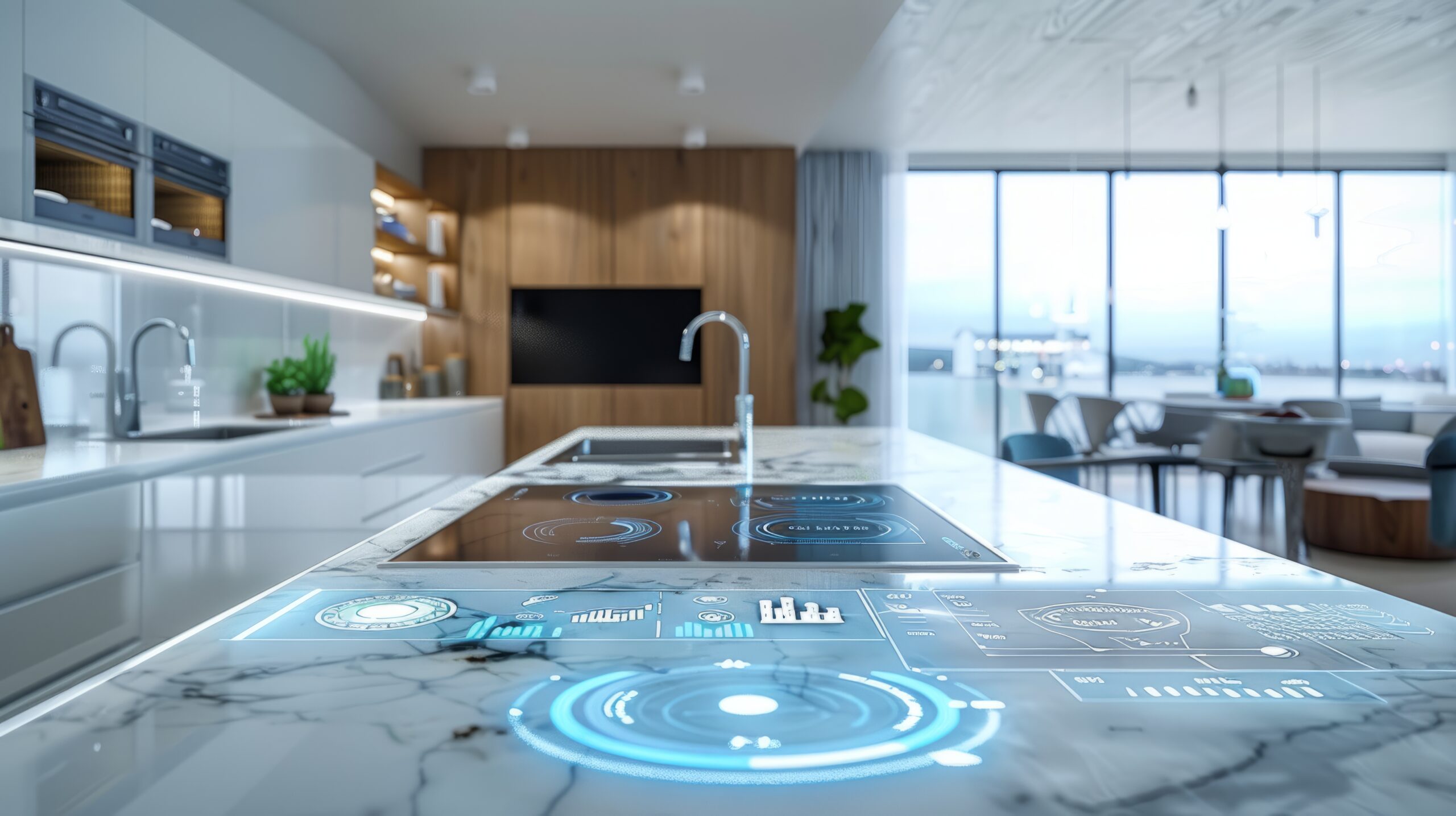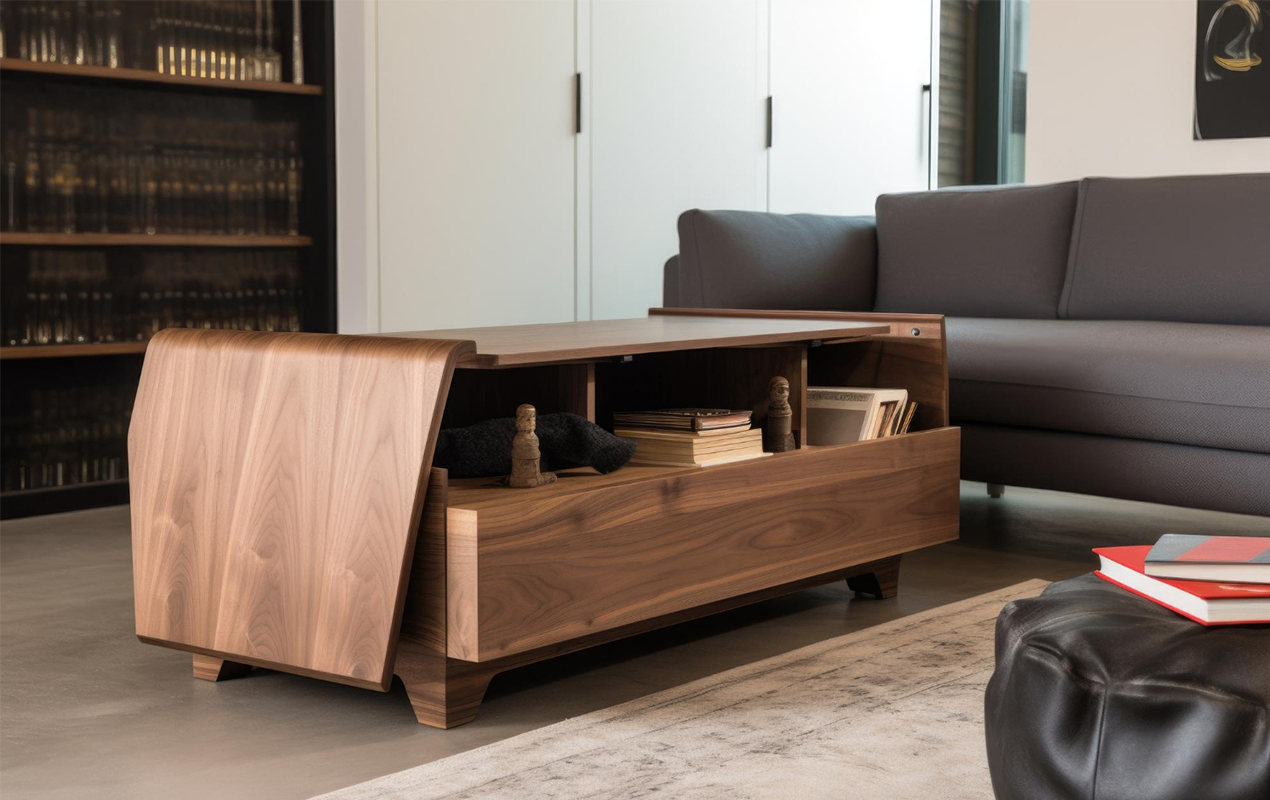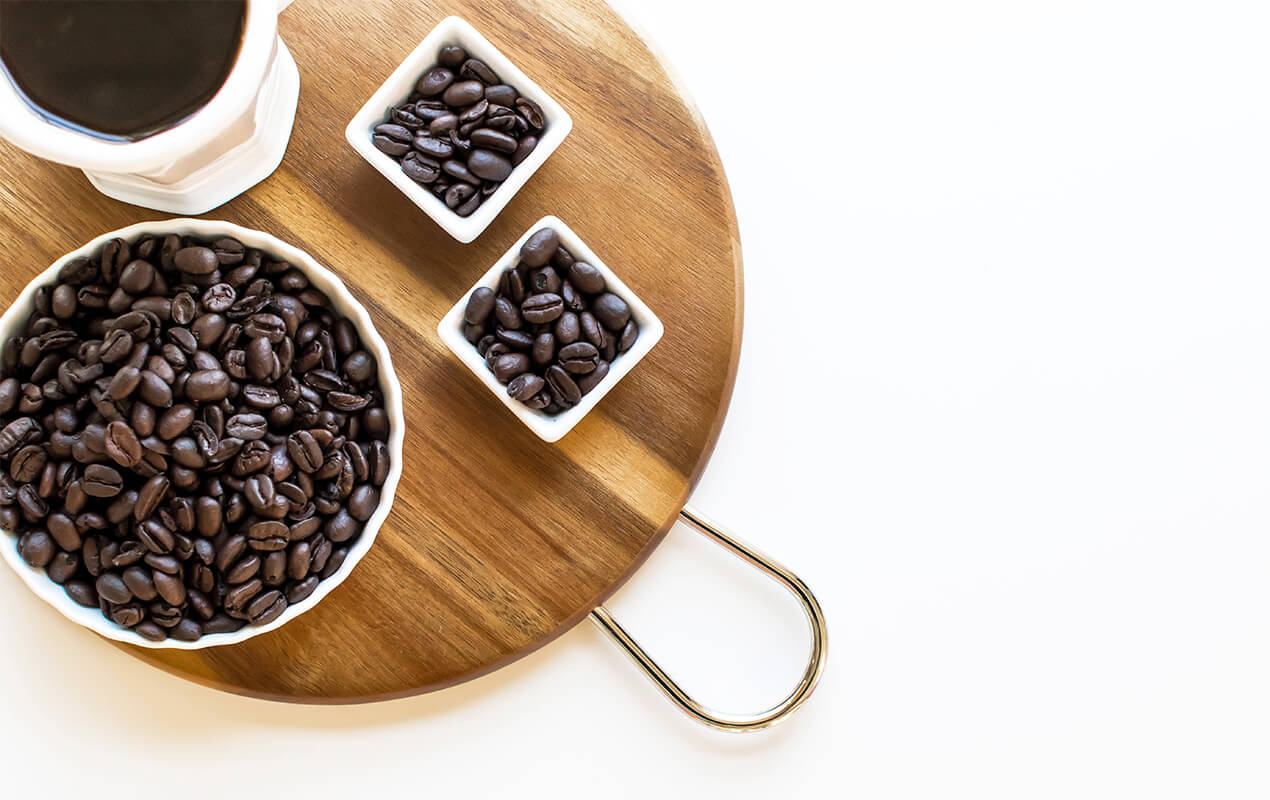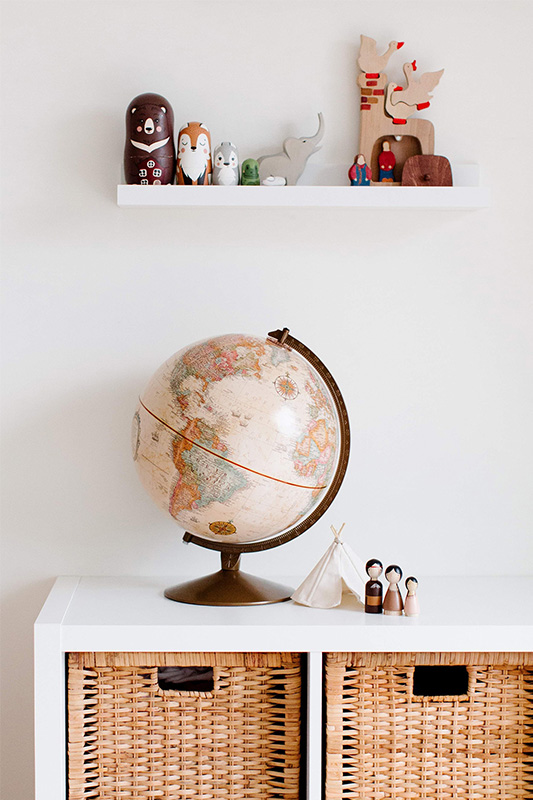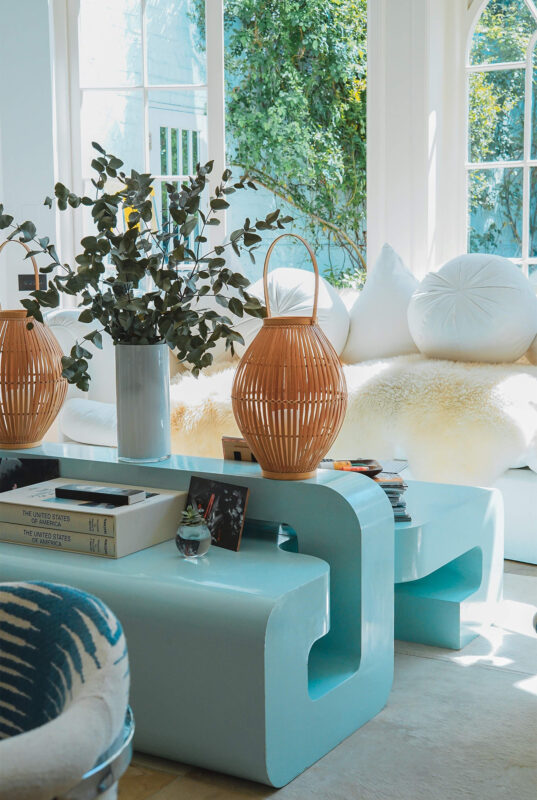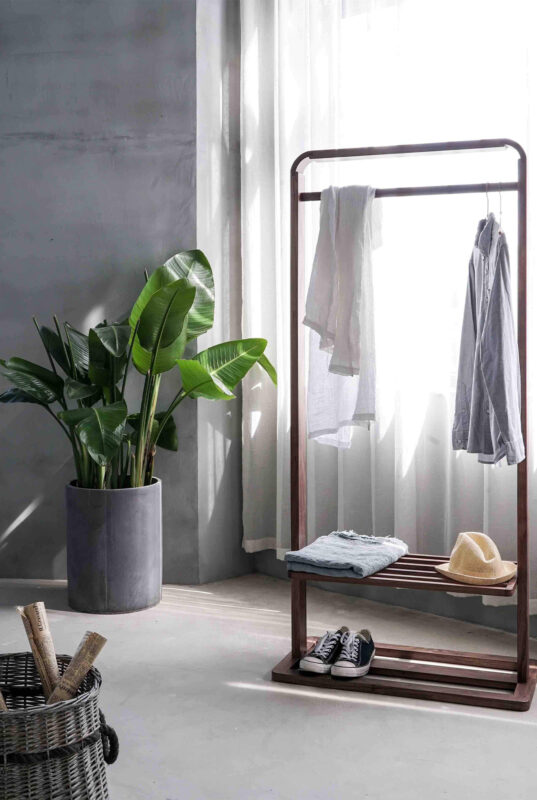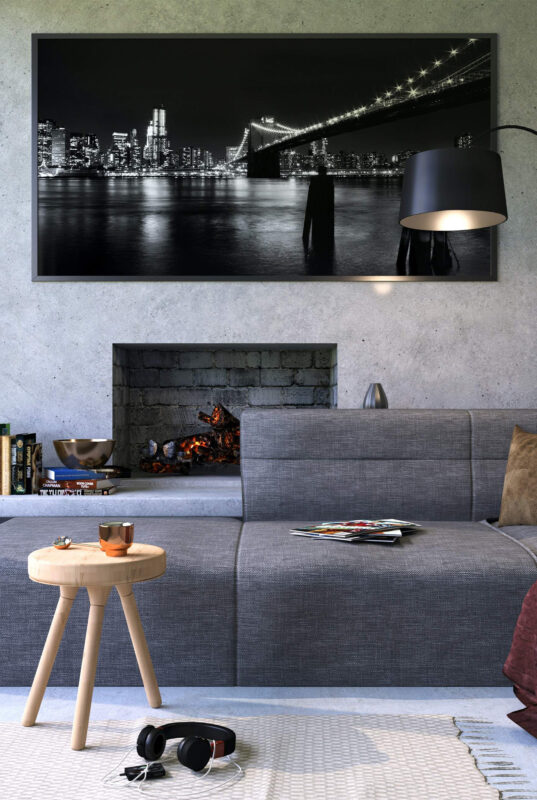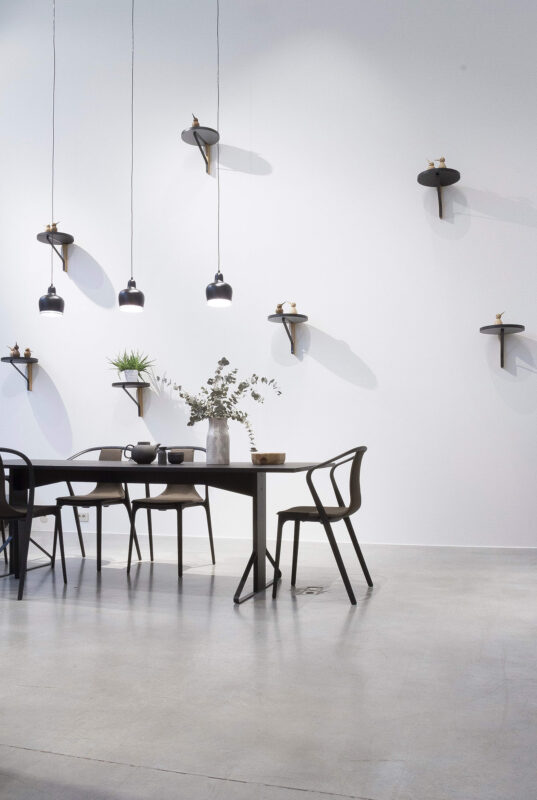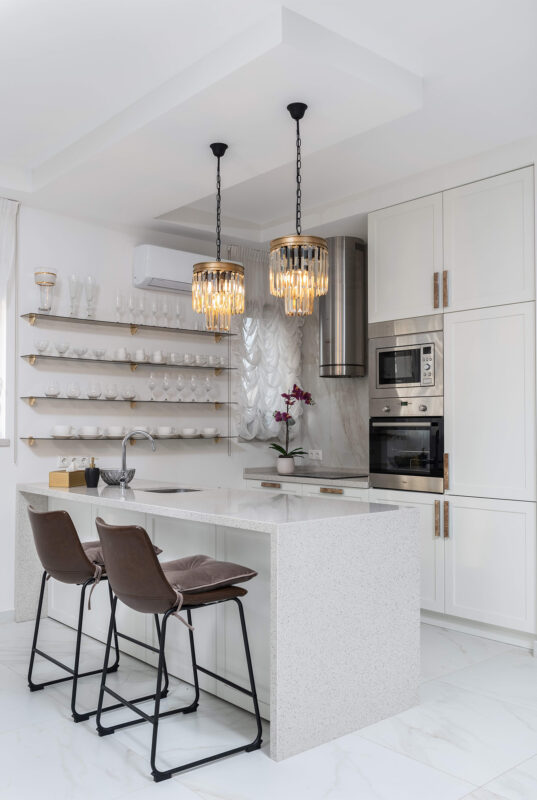Blog
Sustainable Design Tips for an Eco-Friendly Healthy Home
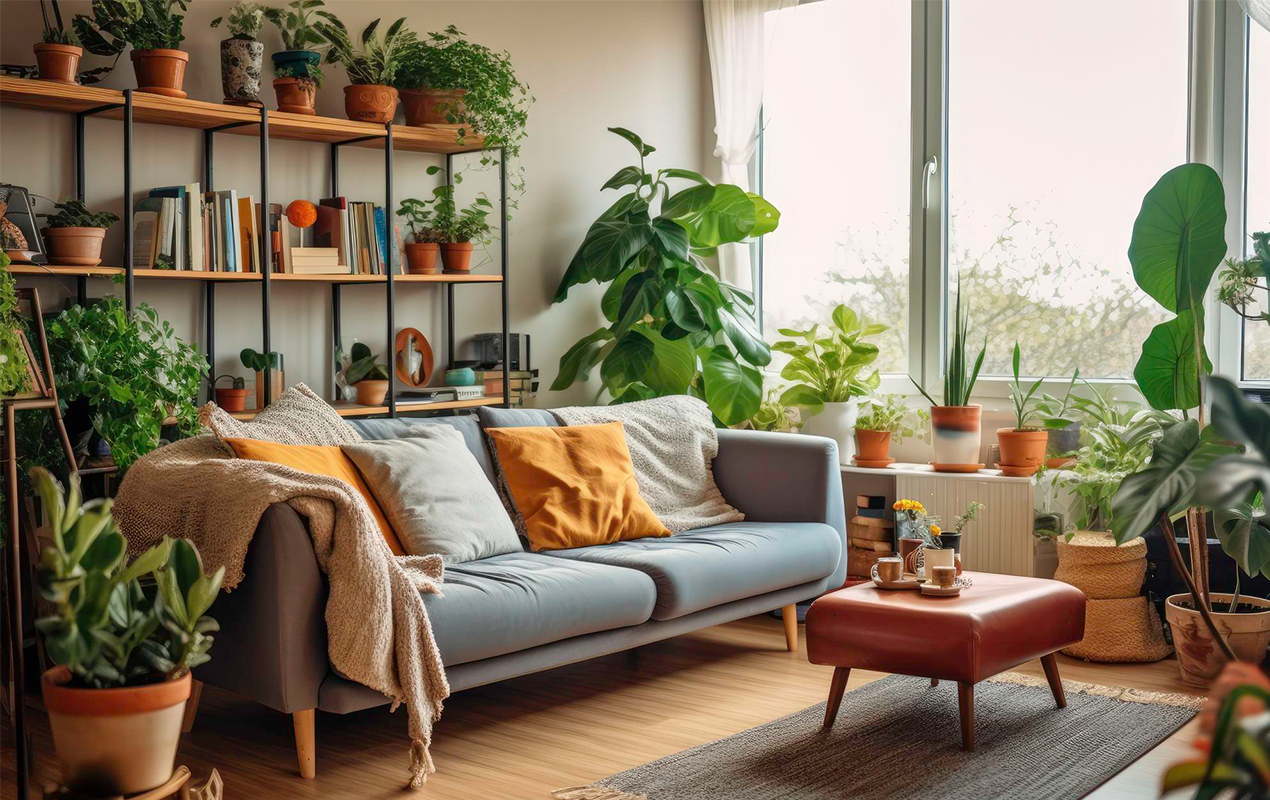
Sustainable living is more than a mere trend; it’s a necessity. With increasing awareness about climate change and its environmental impacts, more homeowners are seeking ways to incorporate sustainability into their daily lives, with interior design being a key area to consider. By integrating eco-conscious practices within housekeeping, we’re able to create an attractive yet eco-conscious space benefiting both the planet and well-being. Throughout this post, we’ll guide you through practical tips for achieving sustainable design within your home.
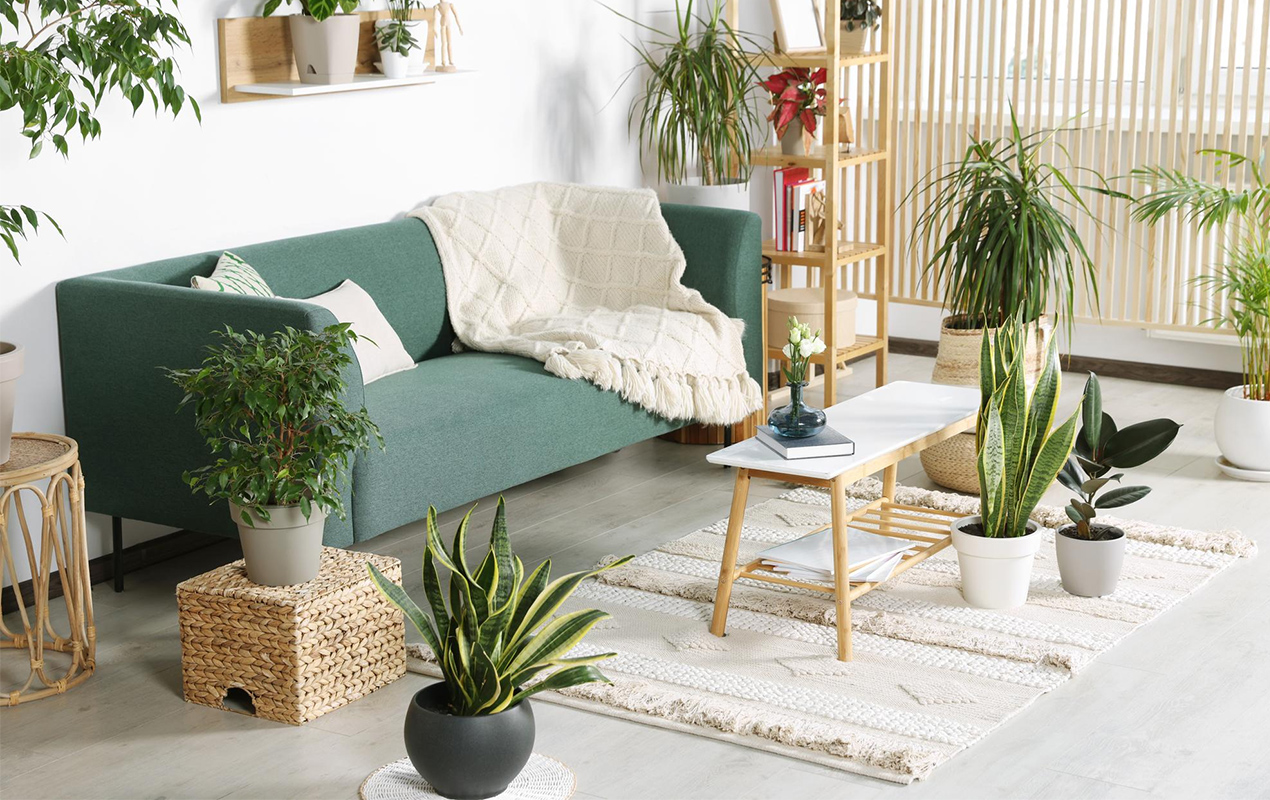
Photo by New Africa from Freepik
Understanding Sustainable Design
Definition and Principles
Sustainability focuses on making spaces environmentally responsible and resource-efficient. This involves utilizing materials with minimal environmental impact, improving energy efficiency, and reducing overall waste. Doing so offers numerous benefits: Environmentally, it reduces your carbon footprint and conserves natural resources. Economically, it can lower your energy bills and increase the lifespan of your home. Health-wise, it improves indoor air quality and reduces exposure to harmful chemicals.
Choosing Eco-Friendly Materials
Sustainable Flooring Options: Here you can opt for materials such as bamboo, reclaimed wood, or recycled tiles. These are highly durable, still provide an aesthetic, and have less environmental effect than traditional options.
Eco-Friendly Paints and Finishes: Choose low-volatile organic compounds (VOC) and non-toxic paints to reduce indoor air pollution and prevent inhalation of toxic substances.
Sustainable Furniture: Invest in furniture made from recycled or sustainably sourced materials. Look for certifications like those from the Forest Stewardship Council (FSC) to ensure the wood used is sustainably harvested.
For a luxurious yet eco-conscious addition to your space, consider Sun Valley Saunas. Their saunas are crafted with sustainably sourced materials, providing a relaxing retreat that aligns perfectly with your commitment to the environment.
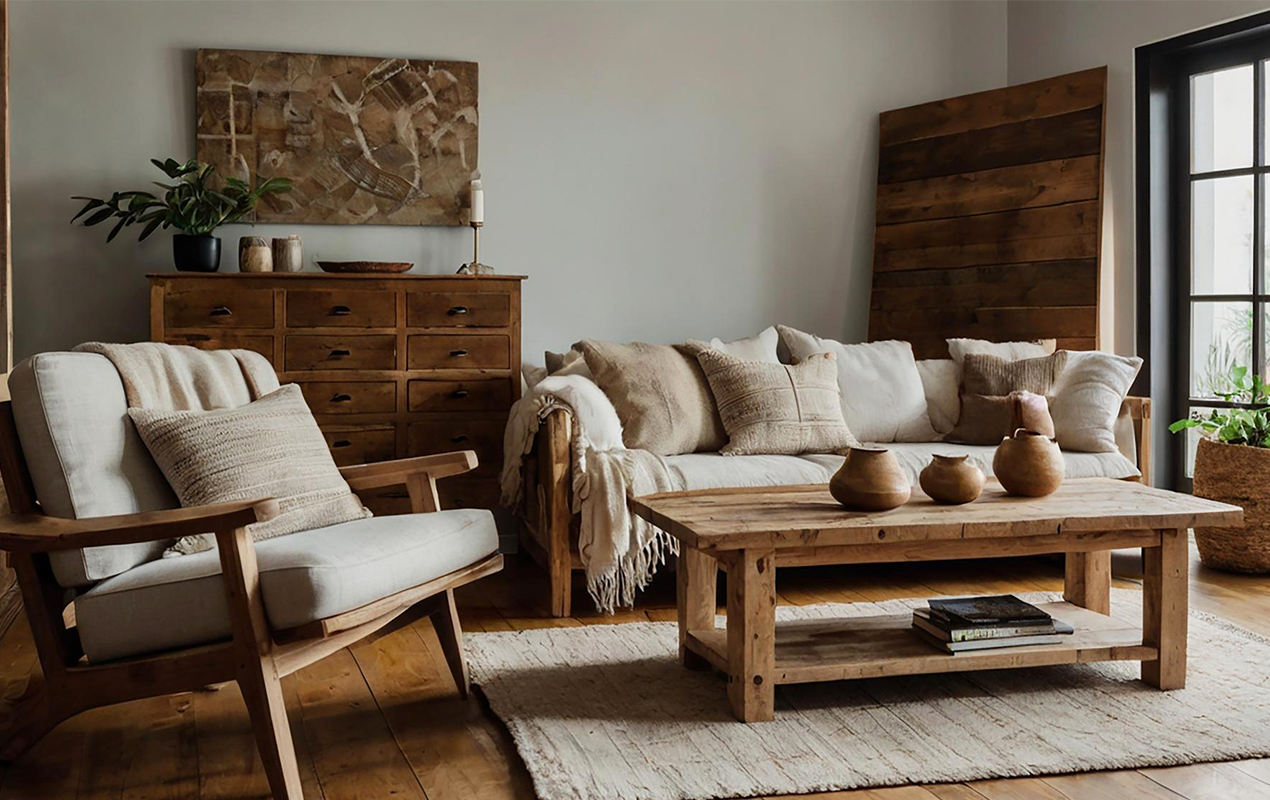
Photo by Auyob Masih from Freepik
Reducing Waste
Upcycling and Repurposing: Instead of discarding old furniture, consider upcycling or repurposing it. A fresh coat of paint or new upholstery can give an old piece a new lease of life. Scour DIY workshops or free online tutorials to see how best to tackle your reposting job, stealing ideas that pique your interest for your reimagined setup.
Minimalist Design: Adopting a minimalist approach can help reduce clutter and waste. You want to focus on quality over quantity with this concept and choose simplistic yet functional pieces that will transcend through different trends as they come and go. Adding canvas prints as a focal point within a minimalist interior can help draw visitors’ attention toward one place instead of all over, causing visual fatigue.
Recycling Programs: Participate in local recycling programs, properly dispose of household items, and educate yourself on what can and cannot be recycled in your community.
Energy Efficiency
Lighting: Replace incandescent bulbs (or traditional yellow bulbs) with energy-efficient LED lights. Plus, maximize natural light by using sheer curtains and strategically placing mirrors to reflect light.
Insulation: Proper insulation is vital to maintaining a comfortable temperature and reducing energy consumption from air conditioning units throughout the home. Ensuring your home is well-insulated assures it keeps cool during the harsh summer heat and retains warmth during the freeze of winter.
Energy-Efficient Appliances: When replacing appliances, look for alternatives with high-energy ratings. Look for the Energy Star label for a guaranteed eco-friendly choice.
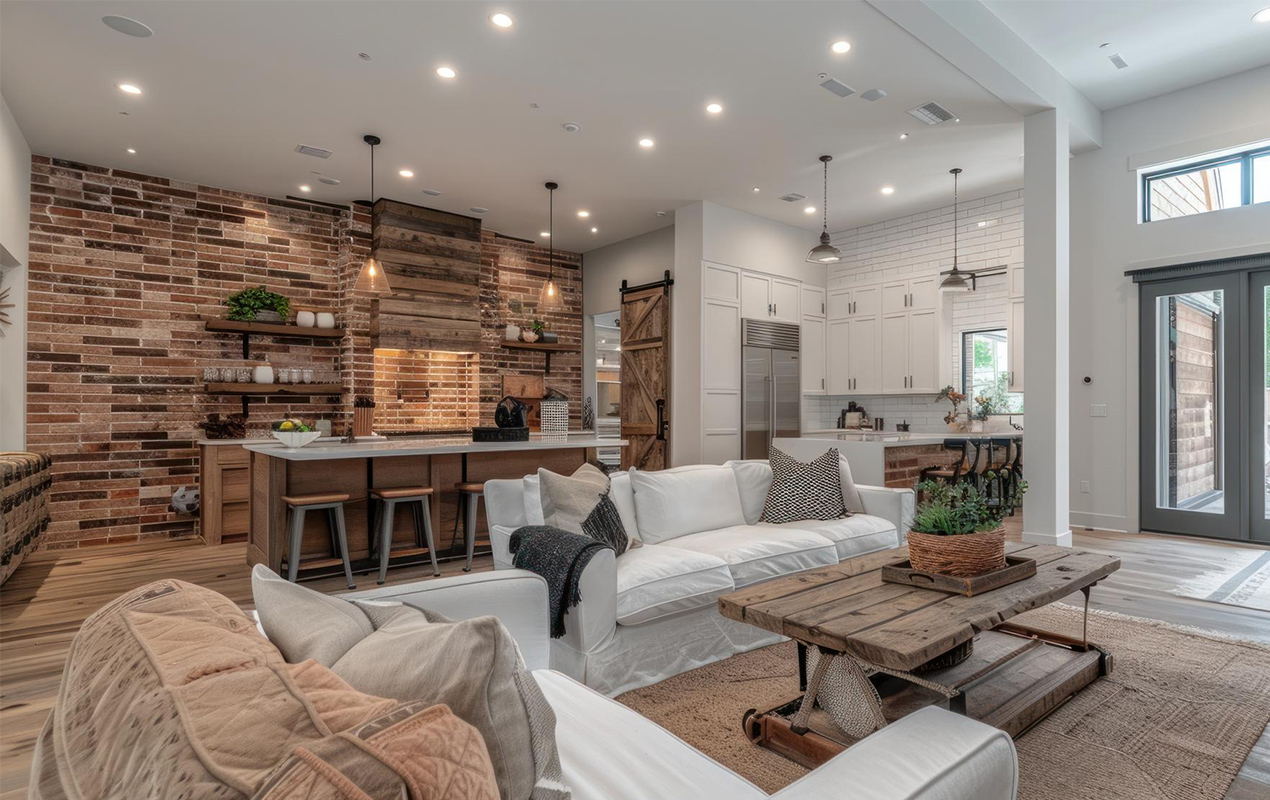
Photo by user13721808 from Freepik
Indoor Air Quality
Houseplants: Plants can be an obvious yet effective go-to, adding a natural aesthetic to a space while improving indoor air quality. Plants like snake plants, spider plants, and peace lilies are excellent at filtering toxins from the air.
Ventilation: Ensure your home is well-ventilated to maintain good air quality. If available, use exhaust fans in kitchens and bathrooms, and open windows when possible to allow fresh air to circulate. For an added layer of protection, especially in spaces with limited airflow, consider using home air purifiers by Alen to help remove airborne pollutants and allergens.
Non-Toxic Cleaning Products: Switch to non-toxic cleaning products containing paraben-free, cruelty-free, and zero-waste labels. They usually come in plastic-free packaging and solid forms to prevent the use of single-use plastics.
Water Conservation
Low-Flow Fixtures: Install low-flow faucets and smart showerheads with multiple-flow and pressure options to lessen water consumption without sacrificing performance.
Water-Saving Tips: Simple changes, such as turning off the faucet while brushing your teeth and fixing leaks promptly, can surprisingly be sufficient in reducing water usage.
Rainwater Harvesting: Consider installing a rainwater collection system for gathering and reusing rainwater for gardening, cleaning, and other non-potable uses.
Sustainable Décor Ideas
Eco-Friendly Textiles: Be on the lookout for textiles made from organic cotton, hemp, or recycled materials. These alternatives are often more sustainable and free from harmful chemicals. They’re also great for Scandinavian-style interiors, forming an elegant yet inviting aura within the home.
Second-Hand and Vintage Décor: Purchasing second-hand or vintage items is another eco-conscious approach that also adds character and a unique feel to your home. Vintage decor works well within a maximalist or classic-themed setting, showcased alongside multiple points of interest.
DIY Décor Projects: Get resourceful with DIY projects utilizing sustainable materials. For example, you could build an accent wall from reclaimed wood to showcase collages of art and photographs, or even cushion covers and chair upholstery from recycled fabrics.
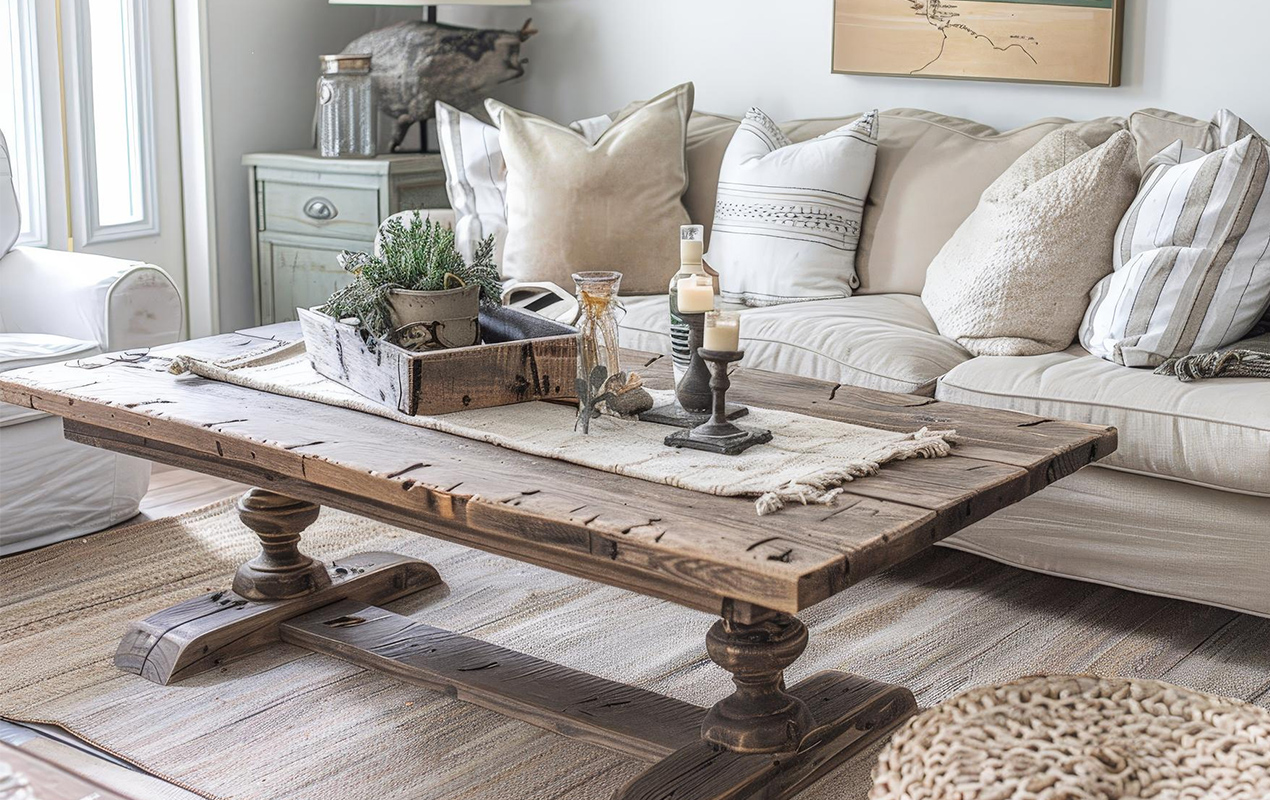
Photo by Peerawat45230 from Freepik
Final Thoughts – Starting Small
Creating a sustainable home is a journey that begins with small, thoughtful changes. Incorporating eco-friendly practices into your interior can help offset environmental concerns while enjoying a beautiful and healthy living space. Start implementing one or two tips today and gradually work toward a fully sustainable setup.
Have you tried incorporating these tips already? If you have additional ways of utilizing sustainable living, feel free to reach out to us and share your ideas!

